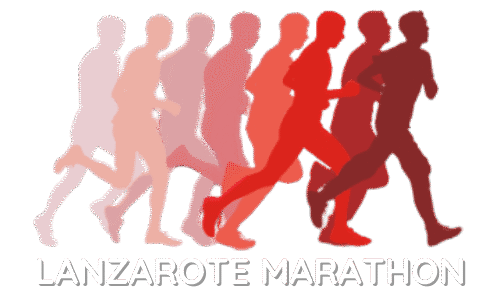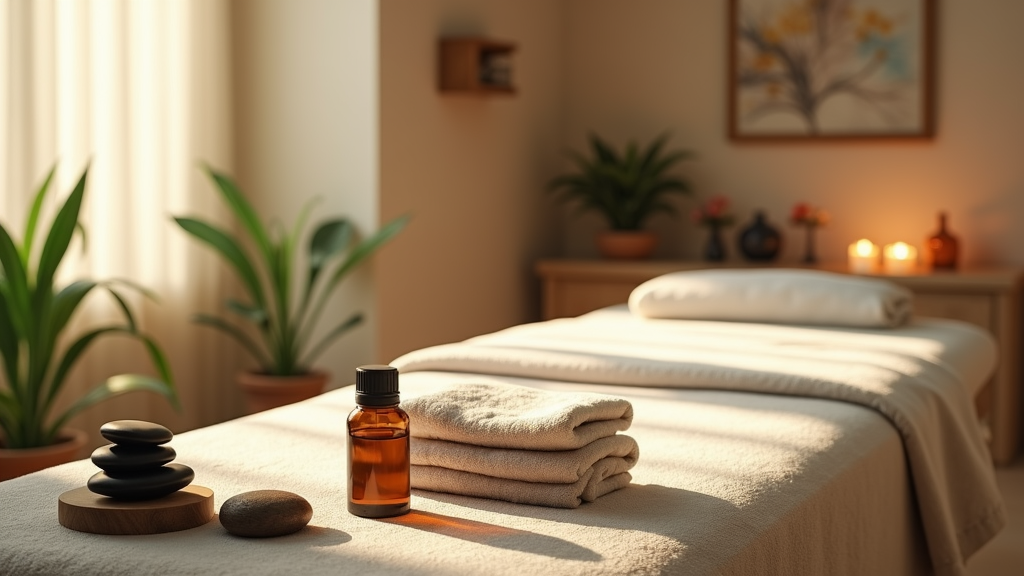Top Techniques Used in Sports Massage
Whether you’re a seasoned athlete or someone who just enjoys a good run every now and then, you’ve probably heard about sports massage Denver. But what exactly is it, and why are so many people raving about it?
What is Sports Massage?
Before we jump into the techniques, let’s get a clear understanding of what sports massage is. In simple terms, sports massage is a type of massage therapy designed specifically for athletes. It focuses on enhancing performance, preventing injuries, and speeding up recovery. Unlike your typical relaxation massage, sports massage is more targeted and can be quite intense, but the benefits are worth it!
Why Athletes Love Sports Massage
Athletes subject their bodies to intense physical demands, which can lead to muscle tightness, soreness, and even injuries. Sports massage helps in addressing these issues by improving blood flow, reducing muscle tension, and promoting flexibility. It’s like giving your muscles a well-deserved tune-up!
Top Techniques in Sports Massage
Now, let’s get to the heart of the matter: the techniques. Here are some of the top methods used in sports massage that keep athletes performing at their best.
1. Effleurage
Effleurage is often the starting point of a sports massage session. It involves long, gliding strokes that help warm up the muscles and increase blood flow. This technique is not only relaxing but also prepares the body for deeper, more targeted work.
How It Works:
- Performed with the palms of the hands.
- Strokes are gentle and follow the contours of the body.
- Helps in spreading massage oil and assessing muscle tension.
2. Petrissage
Once the muscles are warmed up, it’s time for petrissage. This technique involves kneading, rolling, and squeezing the muscles. It’s a bit like kneading dough but with your muscles!
Benefits:
- Enhances circulation.
- Breaks down knots and adhesions.
- Improves muscle elasticity.
3. Deep Tissue Massage
The deep tissue massage approach works by specifically addressing subdermal muscles and connective tissues. This method is especially effective for managing long-term pain conditions and helping heal muscle injuries.
Key Points:
- Involves slow, deep strokes and pressure.
- Focuses on specific areas of tension.
- Can be slightly uncomfortable but highly effective.
4. Trigger Point Therapy
Trigger points, also known as “knots,” are areas of muscle that are particularly tight and painful. Trigger point therapy involves applying direct pressure to these points to release the tension.
What to Expect:
- The therapist uses fingers, knuckles, or elbows to apply pressure.
- Pressure is held for several seconds.
- Can be painful, but the relief afterward is significant.
5. Compression
Compression involves rhythmic pressing movements, which help to increase blood flow and relax tight muscles. It’s commonly used during warm-up or cool-down phases of a massage session.
How It’s Done:
- The therapist applies pressure using hands or forearms.
- Pressure is applied in a rhythmic manner.
- Helps to prepare muscles for activity or aid in recovery.
The Benefits Beyond the Techniques
Sports massage isn’t just about feeling good in the moment. The benefits extend far beyond the massage table. Here are some additional perks:
- Injury Prevention: Regular sports massage helps in identifying and addressing minor issues before they become major problems.
- Enhanced Flexibility: By reducing muscle tension and increasing blood flow, sports massage can improve overall flexibility.
- Quicker Recovery: Post-workout massages help in flushing out toxins and reducing muscle soreness, leading to faster recovery times.
- Mental Relaxation: Let’s not forget the mental aspect. A good sports massage can help reduce stress and improve focus, which is crucial for peak performance.
Tips for Getting the Most Out of Your Sports Massage
Alright, you’re convinced and ready to book your first sports massage. Here are a few tips to ensure you get the most out of your session:
Communicate with Your Therapist
Always let your therapist know about any specific areas of pain or tension. Communication is key to a successful sports massage.
Hydrate
Drink plenty of water before and after your massage. Hydration helps in flushing out toxins released during the massage.
Stretch
Incorporate stretching into your routine. This complements the benefits of sports massage and helps maintain flexibility.
Rest
Give your body some time to rest after a massage. Avoid intense workouts immediately after a session to allow your muscles to recover fully.
Conclusion
Sports massage is a powerful tool in an athlete’s arsenal. By incorporating techniques like effleurage, petrissage, deep tissue massage, trigger point therapy, and compression, therapists can help athletes stay in top shape, prevent injuries, and recover faster. Whether you’re a professional athlete or just someone who enjoys staying active, giving your muscles the care they deserve through sports massage can make a world of difference.

